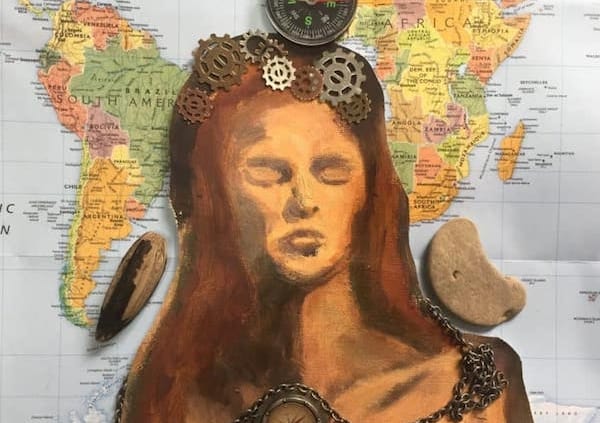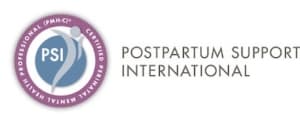The Creative Process: Exploration
Exploration is the stage of the creative process that requires the most courage. Some even skip incubation and preparation and surrender themselves to exploring. In art therapy, the therapist often prepares the space and the materials so that the client may start exploring immediately. Some artists also keep fuss-free materials at the ready in order to get right to the exploration stage. However there’s nothing wrong with incubation and preparation if they get you where you want to be; and they also serve a meditative purpose.
Try this mindfulness exercise if you’re feeling stuck or unsure what to do:
Think or write down the 5 senses: seeing, hearing, smelling, tasting, touching.
Look at your materials or creative efforts and notice color, shape, line, texture, etc. Try making as many marks or brush strokes etc as you can.
Listen for the sounds the tools you are using make as they engage with the other materials.
Smell anything either pleasant or unpleasant?
While tasting art materials is generally not encouraged, you may want to have a cup of your favorite coffee or a special tea or something nearby as you work.
Touch the tools and materials you are using. How do they feel in your hands? Are there any tactile sensations you particularly like or dislike?
By engaging the senses, you can start to explore materials in a very mindful way. This can be anxiety reducing. It may also be helpful to remind yourself not to make the work too precious. While sometimes costly, art materials are still replaceable. Even if you feel attached to a piece you are making, perhaps you keep a practice piece close by. That way you can experiment as needed. Another tip before working on a piece, especially a preconceived idea, is to do a practice piece, or a rough sketch. This is a technique many artists use. On the flip side, completely spontaneous art can be breathtakingly liberating.
Mistakes are part of the creative process and can often enhance the work. They become the problem solving element. You might for example ask yourself, how can I use this? Do I change it, or change direction completely? What feels right? Sometimes the work becomes centered around the mistake in astonishing and wonderful ways. Other times, a mistake dictates a new course. You get to decide.
* Some of the ideas re: the creative process come from:
Seiden, Don and Davis, Amy. Art Works: How Making Art Illuminates Your Life. Chicago, IL: Ganesha Books. 2013
Csikszentmihalyi, Mihayly. Creativity: Flow and the Psychology of Discovery and Invention. New York, NY: Harper Collins. 1996
Disclaimer: The information in this article should not be used in lieu of professional medical advice, assessment, diagnosis or treatment (including art therapy). The use of this website does not imply or establish any type of therapeutic relationship. Further, the links in this article are for referential or informational purposes only.


 rainacowanarttherapist.com
rainacowanarttherapist.com

 rainacowanarttherapist.com
rainacowanarttherapist.com rainacowanarttherapist.com
rainacowanarttherapist.com